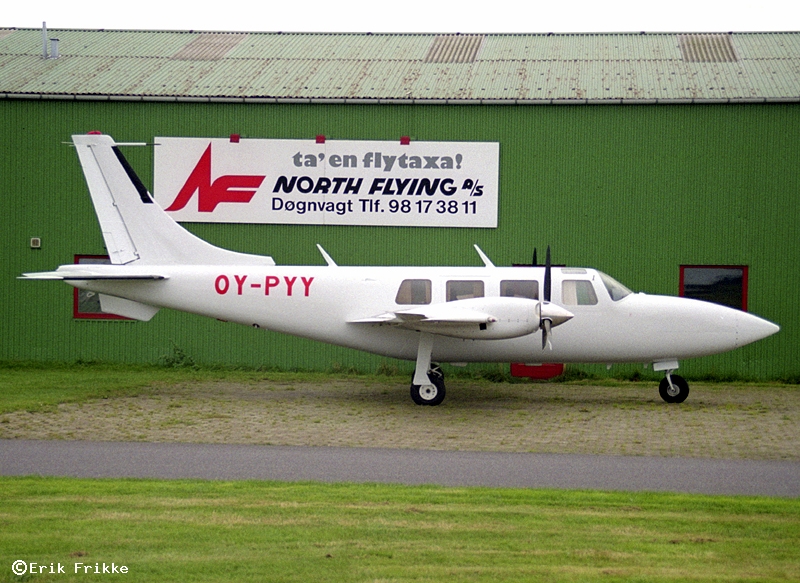Crash of a Piper PA-61 Aerostar (Ted Smith 601) in Estes Park: 2 killed
Date & Time:
Apr 30, 2000 at 1211 LT
Registration:
N7421S
Survivors:
No
Schedule:
Page - Fort Collins
MSN:
61-0006
YOM:
1968
Crew on board:
1
Crew fatalities:
Pax on board:
1
Pax fatalities:
Other fatalities:
Total fatalities:
2
Circumstances:
While on a cross-country flight, according to radar data and weather information, the pilot descended below terrain clearance altitude and entered IMC conditions. The aircraft impacted a mountain peak approximately 100 feet below the summit. No flight plan had been filed and the pilot was not instrument rated.
Probable cause:
A descent below the surrounding terrain, by the pilot, in IMC conditions. Factors were high mountainous terrain, clouds, inaccurate weather evaluation by the pilot, and the pilot's flight into IMC conditions.
Final Report:

